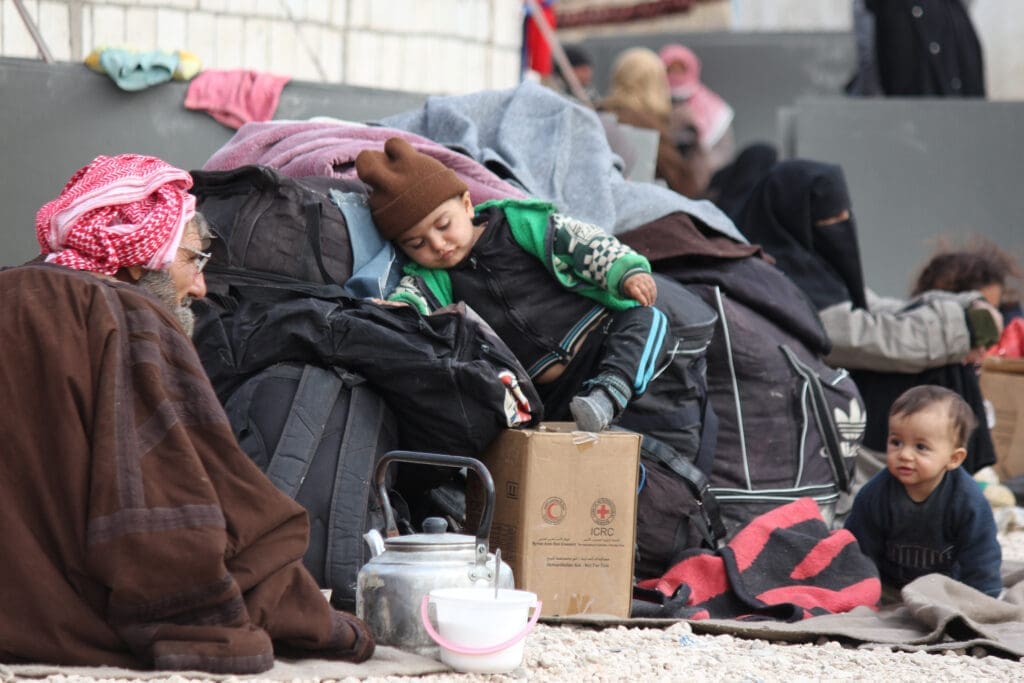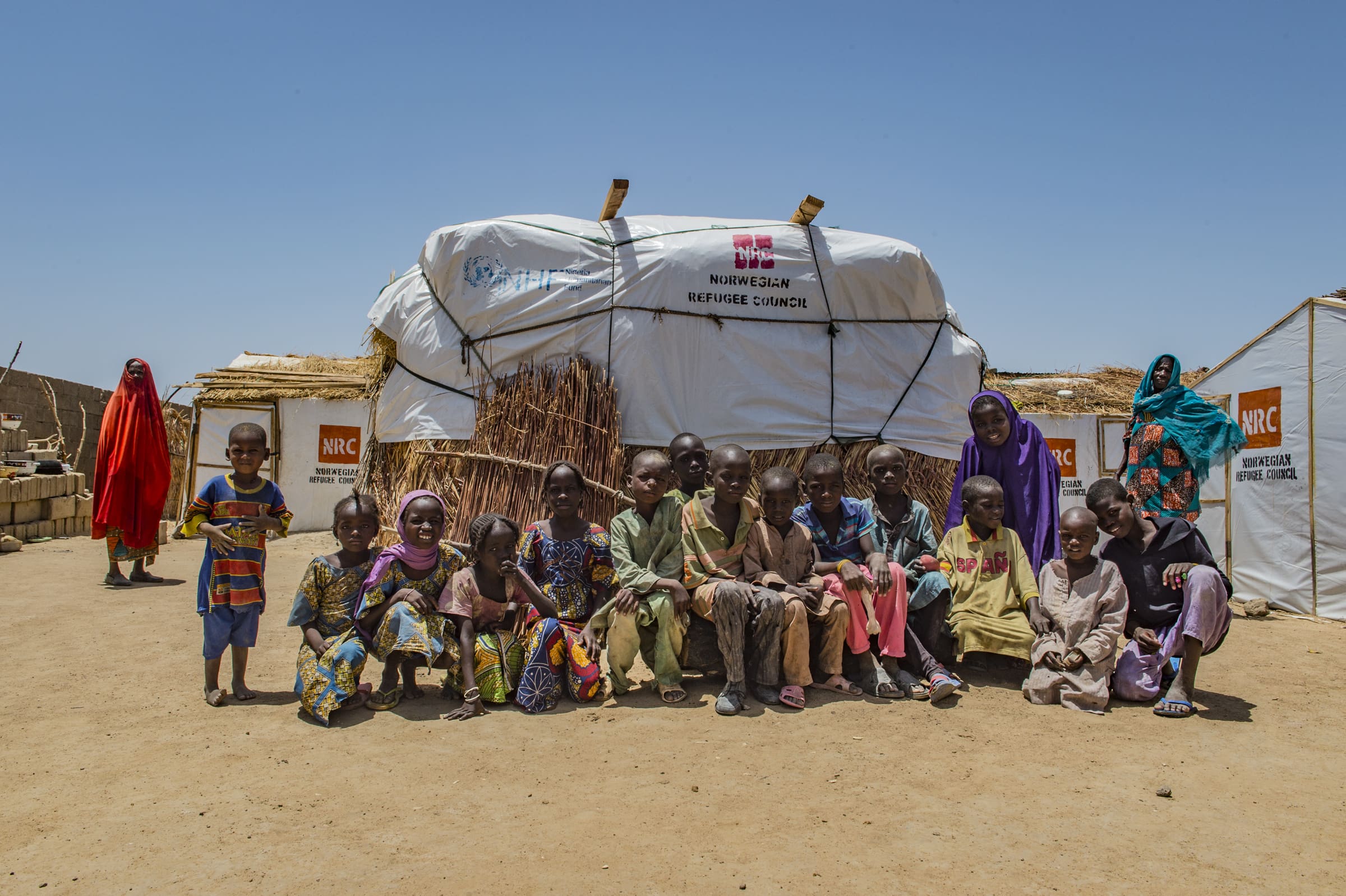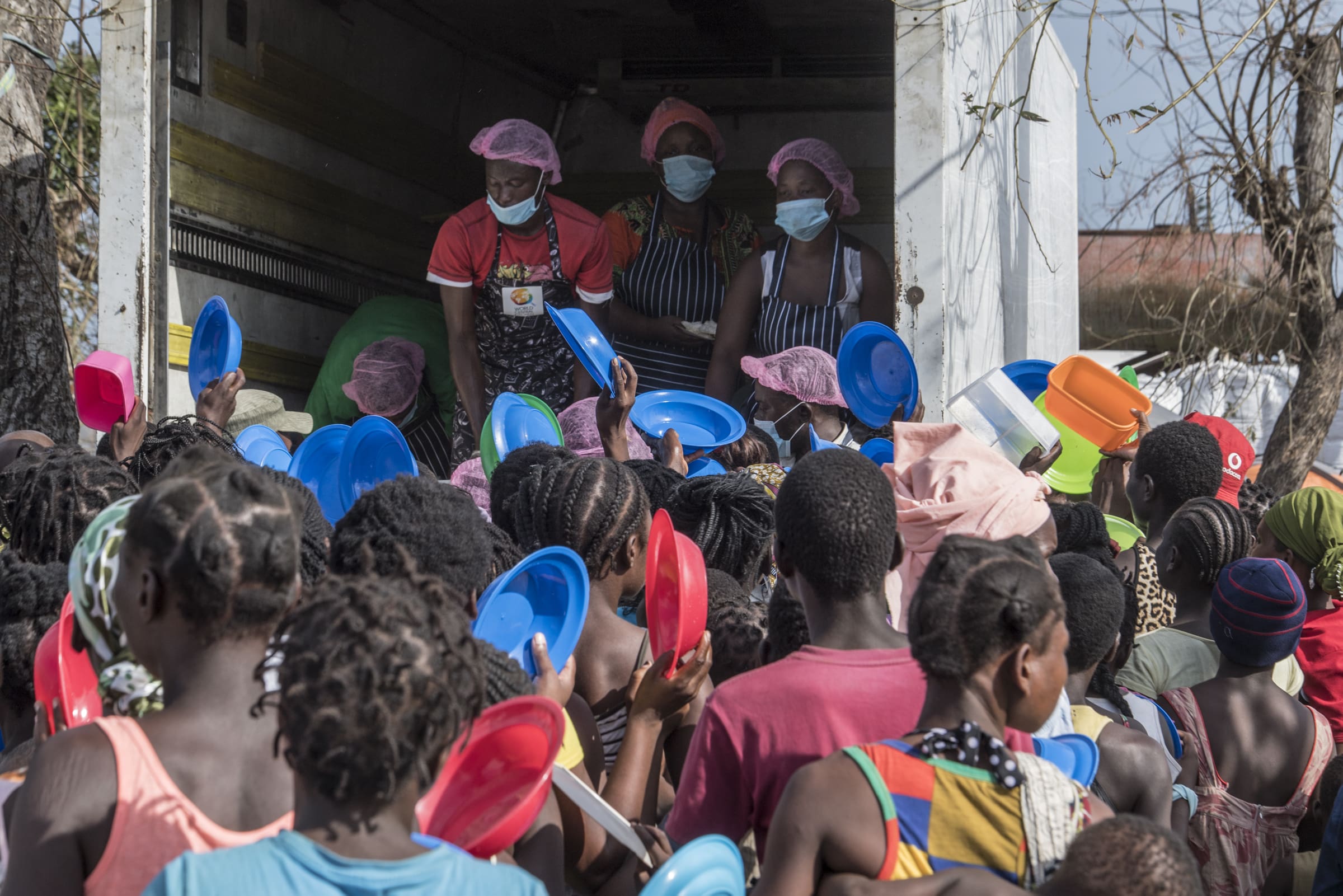Far From Home: 7 Surprising Facts About Displacement and Hunger

A new report by the United Nations High Commissioner on Refugees (UNHCR) finds that the number of people who’ve been forced from their homes has reached new highs, topping 70.8 million people. This includes both refugees – people who’ve left their country to find safety – and internally displaced persons (IDPs) – people who are still living within their country’s borders. In both cases, refugees and IDPs are driven from their communities against their will, typically as a result of armed conflict, economic instability and human rights violations.

Unfortunately, the lives and circumstances of refugees and IDPs are largely misunderstood. Here are the top seven facts from the report that might surprise you:
- More than two-thirds of all refugees originate from just five countries: Syria, Afghanistan, South Sudan, Myanmar and Somalia.
- Most refugees don’t live in camps. More and more, refugees are living in urban areas. Of the nearly 26 million refugees across the world, 61 percent are living in towns and cities. Why? Because compared to refugees in camps and rural areas, urban refugees have greater access to formal employment and other income-generating activities.
- 13.6 million people were newly displaced in 2018. At more than 1.5 million, Ethiopians made up the largest newly displaced population, with most of them displaced internally. Syrians were the next-largest newly displaced population, with 889,400 people fleeing in 2018. The majority of Syrians this year – more than 600,000 – sought refuge across borders.
- Syria continues to have the largest population of displaced people (newly and from years past). 6.65 million Syrians are refugees and 6.18 million are internally displaced. The majority of Syrians forced to cross borders are now living as refugees in Turkey, Lebanon and Jordan.
- Forced displacement disproportionally affects young people. Half of the global refugee population is under the age of 18. In rural areas, this proportion rises even higher, to more than two-thirds. Among child refugees,138,600 were unaccompanied or separated from their families. These children are particularly vulnerable to hunger, exploitation and abuse.
- Developing regions continue to bear a disproportionately large share of the responsibility for hosting refugees. 6.7 million refugees – one-third of the global refugee population of 25.9 million people – live in developing countries like Bangladesh, Chad, DRC, Ethiopia, South Sudan and Yemen. Countries in developed regions, in contrast, host approximately 16 percent of refugees.
- Forced displacement has led to increasingly protracted emergencies. Given the rise in conflict, today’s humanitarian responses aren’t sprints, they’re marathons. The average length of refugee displacement is 15 years. This new reality is leading organizations like WFP to change how they respond to displacement and is increasing the need for development that supports long-term livelihood and resilience building.
Displacement Drives Hunger

It’s not surprising that hunger and displacement are related. People fleeing their homes or living in conflict zones make up a large proportion of the people WFP serves. WFP works on the front lines of conflict, natural disasters and instability, delivering the food and nutrition people need to survive in the most difficult circumstances.
When persecution and violence forced hundreds of thousands of Rohingya to flee Myanmar, the only home they’d ever known, WFP was ready with meals and nutritious food. Most of them settled in Bangladesh’s Cox’s Bazar, now the largest refugee camp in the world, where 80 percent of the population depends solely on food assistance provided by WFP for their nutritional needs.

WFP provides the same emergency food assistance to Syrian refugees who have fled their nation because of violence and war. Currently, 3.3 million Syrian refugees receive food assistance from WFP. In neighboring Jordan, WFP’s iris scanning technology allows refugees to purchase food at their local supermarket. With 75 percent of the Syrian population unable to work in their host countries, refugees have limited opportunities to generate income and therefore depend on WFP for food assistance.
The rising number of displaced people presents an immense challenge for ending global hunger. The relationship between hunger and displacement is complex and its solutions are equally intricate. WFP is doing everything it can to tackle these hurdles head-on, deploying food assistance and innovative technology at critical times for the most vulnerable populations, working with governments to build infrastructure and helping families find new paths to food security.
Together, we can help people stay in their homes and end hunger in our lifetime.
This piece was written by Madeline McGarry. Madeline joins World Food Program USA as a summer intern through the Congressional Hunger Center’s Zero Hunger Internship Program. She is a junior at Iowa State University studying agricultural and life sciences with a communications emphasis.




